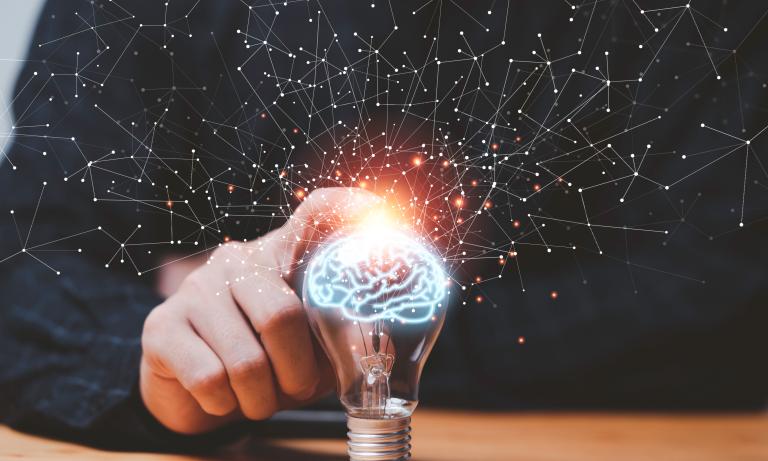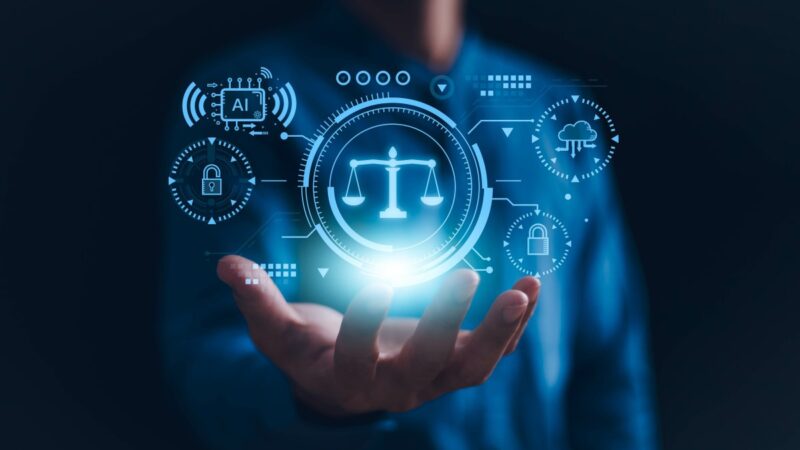Using AI to Analyze the Sentiment of Public Comments on AI and Copyright

This article was originally published on IPWatchDog on May 1st, 2025
By Kirti Gupta and Elias Ilin
AI is increasingly becoming integral to the inventive and creative process across a wide range of industries. As Generative AI (“GenAI”) tools transform our workflows, questions at the intersection of AI and copyright are requiring a reexamination of our IP system.
One set of questions is whether creative works created using AI technologies in whole or in-part are eligible for copyright protection, and if so, under what conditions. Another set of questions relates to the potential copyright infringement of GenAI due to: (1) the use of potentially copyrighted material for the training of AI models and (2) the potential infringement by the output of GenAI models on copyrighted works.
The U.S. Copyright Office (USCO) has undertaken a Copyright and AI initiative to address these questions. The USCO is addressing the copyright and AI issues in a three-part report – Part 1 on Digital Replicas (published in July 2024), Part 2 on Copyrightability (published in January 2025) and a Part 3 on the implications of training AI models on copyrighted works, licensing considerations, and any potential liability, is forthcoming. While each of these issues is important, the questions pertaining to the forthcoming Part 3 report on copyright infringement have received a lot of attention. As diffusion and evolution of GenAI tools is progressing at a rapid pace, the industry has witnessed a number of lawsuits by groups of writers, painters, musicians and record companies, and other creators, challenging the GenAI models for potential copyright infringement both for using potentially copyrighted content as an input for training models, and for the models’ output potentially infringing copyrighted works. In this backdrop, the guidance from the USCO has been sorely sought after.
The USCO did not release these reports in vacuum. It led several stakeholder meetings and in August 2023 issued a Notice of Inquiry (NOI) to study issues related to copyright and AI and received overwhelming interest from stakeholders, including 10,371 comments ranging from practitioners, to academics and subject matter experts, to members of the general public, all expressing their reaction to the questions raised about AI in the context of the copyright. Due to the overwhelming number of public comments, no summary for the key takeaways has been published. An analysis of these comments would give an important window into some of the key questions at the intersection of AI and copyright – both into the ones that have already been covered in published reports and others that have not yet been covered and that are expected to be addressed in the forthcoming Part 3 report.
Read the full article on IPWatchDog.


How Most-Favored Nation Policy Could Undermine U.S. Leadership
